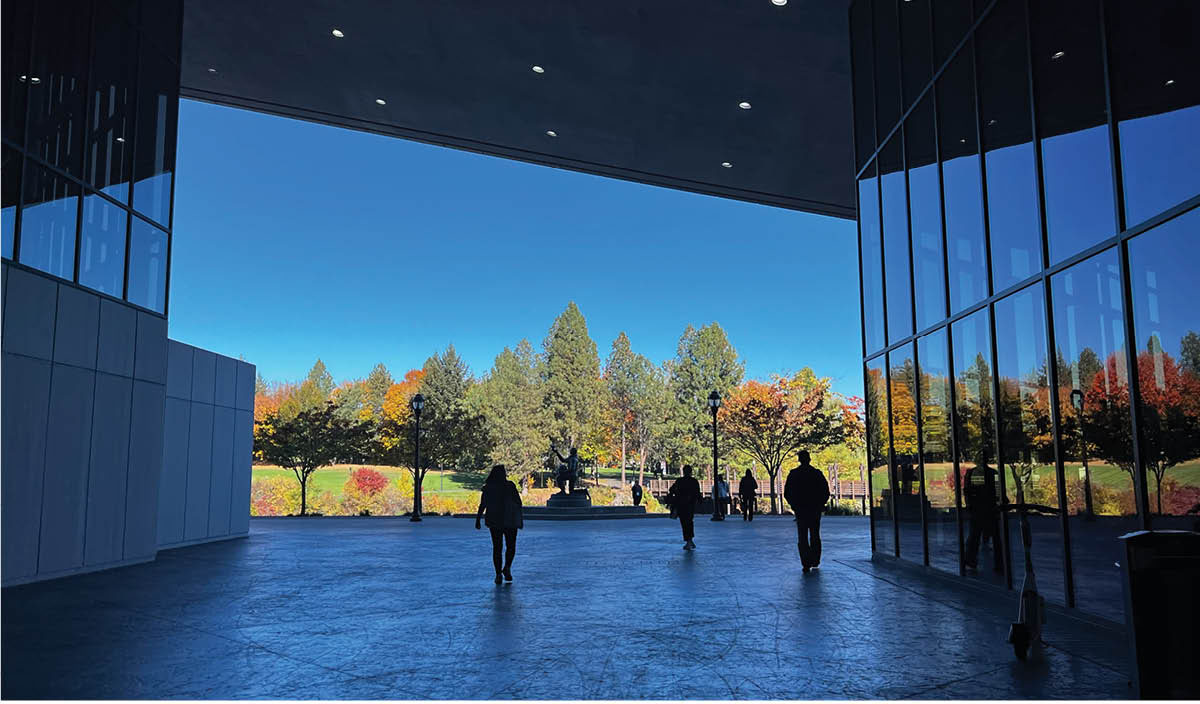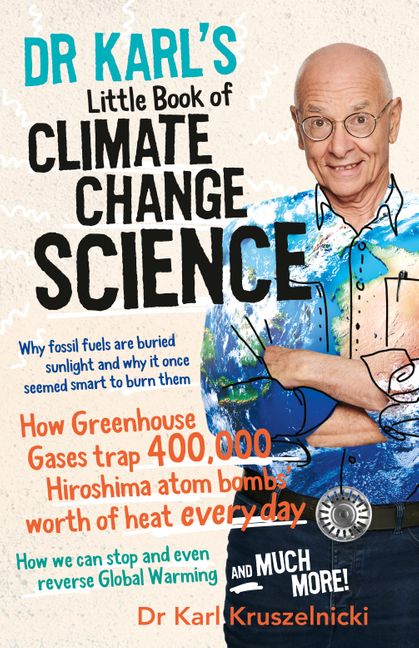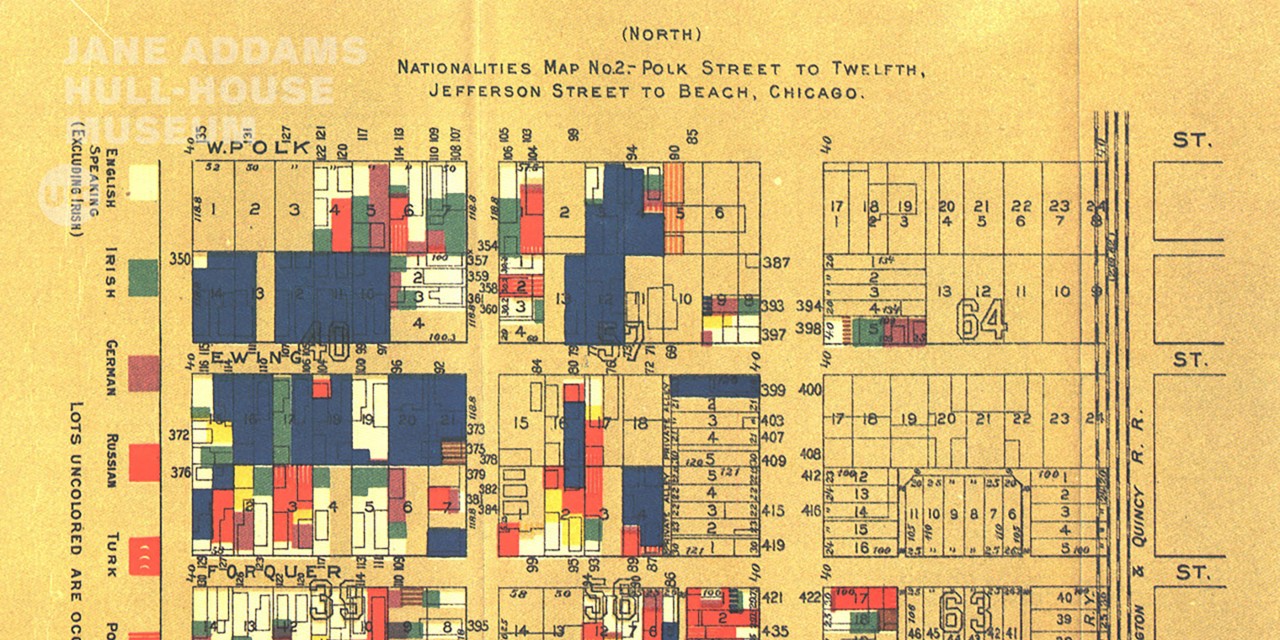Framework for Global Collaboration: Analyzing the Creative Commons License in the Context of Sustainable Development Goals
Introduction: A Licensing Model for Sustainable Progress
The Creative Commons Attribution-NoDerivatives 4.0 International Public License provides a foundational legal framework for the global dissemination of knowledge and creative works. This report analyzes the license’s key provisions, highlighting their direct and indirect contributions to achieving the United Nations Sustainable Development Goals (SDGs). By facilitating the sharing of information, the license serves as a critical tool for fostering education, innovation, and equitable partnerships worldwide.
Promoting Quality Education (SDG 4) and Innovation (SDG 9)
The license directly supports the advancement of accessible education and the infrastructure for innovation by granting specific, irrevocable rights to the public. These rights are essential for building knowledge societies and ensuring that valuable information reaches a global audience, thereby contributing to SDG 4 (Quality Education) and SDG 9 (Industry, Innovation, and Infrastructure).
Core Licensed Rights
The Licensor grants a worldwide, royalty-free, and non-exclusive license for users to exercise the following Licensed Rights:
- Reproduce and Share: Users are permitted to reproduce and share the Licensed Material, in whole or in part, across all media and formats. This facilitates the widespread distribution of educational resources, scientific research, and cultural works, aligning with the goal of inclusive and equitable quality education.
- Technical Modifications: The license allows for necessary technical modifications to adapt the material to different media and formats, ensuring accessibility and usability, which is crucial for building resilient infrastructure for information dissemination.
Fostering Global Partnerships (SDG 17) and Reducing Inequalities (SDG 10)
A key objective of the SDGs is the creation of strong global partnerships and the reduction of inequality. The license architecture is inherently designed to promote these goals by establishing a clear and equitable system for sharing.
Mechanisms for Equitable Distribution
- Universal Offer: Every recipient of the Licensed Material automatically receives an offer from the Licensor to exercise the same rights. This ensures equal access for all, regardless of geographic or economic status, directly addressing SDG 10 (Reduced Inequalities).
- No Downstream Restrictions: A user may not impose additional terms or technological measures that would restrict other recipients’ ability to exercise the Licensed Rights. This provision guarantees a level playing field and fosters a collaborative environment, which is the essence of SDG 17 (Partnerships for the Goals).
Ensuring Responsible Use and Strong Institutions (SDG 12 & SDG 16)
The license establishes clear conditions for use that promote accountability and transparency. These conditions help build strong, transparent institutions and encourage responsible patterns of information consumption and sharing, aligning with SDG 16 (Peace, Justice, and Strong Institutions) and SDG 12 (Responsible Consumption and Production).
Conditions for Sharing
When sharing the Licensed Material, users must adhere to specific attribution conditions, which reinforce the integrity of the information ecosystem:
- Retain identification of the original creator(s).
- Include a copyright notice and a notice referring to the Public License.
- Provide a link or URI to the original Licensed Material.
- Indicate if any modifications were made (though sharing of adapted material is not permitted under this specific license).
These requirements ensure that intellectual contributions are properly acknowledged, fostering a culture of respect and accountability necessary for strong global institutions.
Operational Scope and Legal Clarity for Sustainable Implementation
For any global framework to be effective, it must have a clear scope, defined limitations, and robust termination clauses. The license provides this legal clarity, which is essential for the long-term sustainability of open-access initiatives that support all SDGs.
Disclaimers and Terminations
- Disclaimer of Warranties: The Licensed Material is offered “as-is,” which protects the Licensor from liability. This encourages more individuals and institutions to share valuable materials without shouldering undue legal risk, thereby expanding the pool of available knowledge.
- Limitation of Liability: The Licensor is not liable for damages arising from the use of the material. This pragmatic approach supports the sustainable sharing of resources.
- Term and Termination: The license terminates automatically upon failure to comply but can be reinstated if the violation is cured. This enforcement mechanism ensures the integrity of the licensing system, contributing to a predictable and just legal framework as envisioned by SDG 16.
Sustainable Development Goals (SDGs) Addressed
Based on a thorough analysis of the provided text, no Sustainable Development Goals (SDGs) are addressed or connected to the issues discussed. The article consists solely of the legal text for a “Creative Commons Attribution-NoDerivatives 4.0 International Public License.” This document outlines terms of use, copyright, and licensing conditions for media and does not contain any information or discussion related to environmental, social, or economic development issues that align with the SDGs.
Specific SDG Targets Identified
As no SDGs were identified in the article, it is not possible to identify any corresponding specific targets. The content is focused on legal definitions and conditions of a license, such as:
- Defining terms like “Licensed Material” and “Adapted Material.”
- Outlining license grants and conditions for attribution.
- Stating disclaimers of warranties and limitations of liability.
This content does not align with or mention any of the 169 targets under the 17 SDGs.
Indicators for Measuring Progress
The article does not mention or imply any indicators that can be used to measure progress towards SDG targets. The text is a legal framework and does not include data, statistics, or metrics related to sustainable development. Therefore, no indicators can be extracted from the provided content.
SDGs, Targets, and Indicators Analysis
| SDGs | Targets | Indicators |
|---|---|---|
| No relevant SDGs were identified in the article. | No relevant targets were identified in the article. | No relevant indicators were identified in the article. |
Source: news.emory.edu






